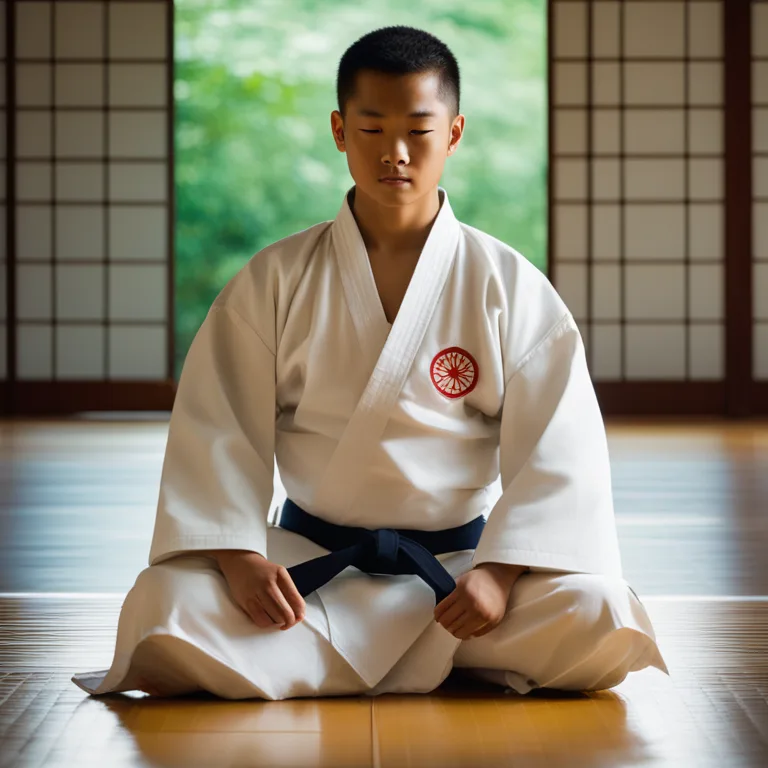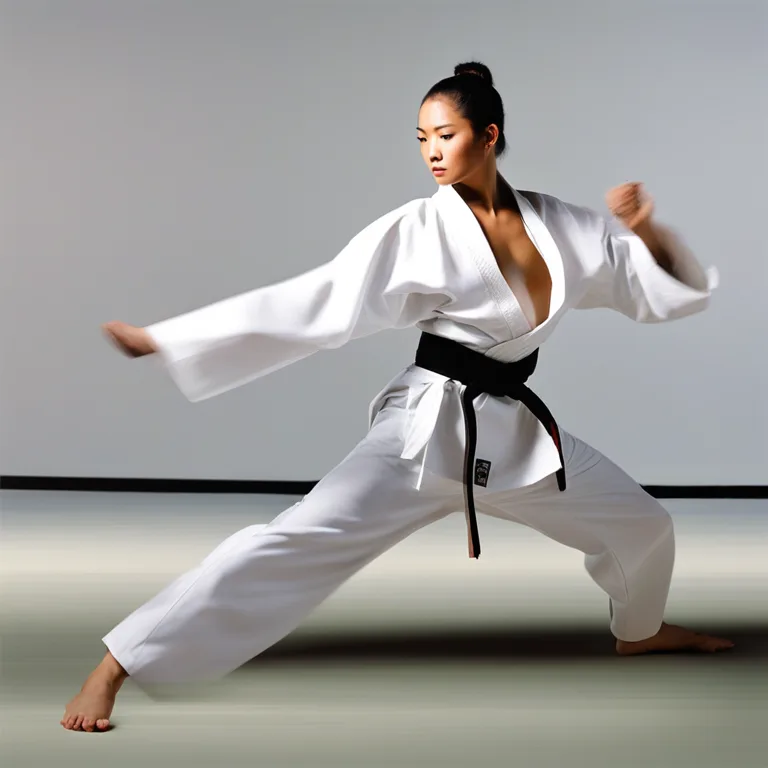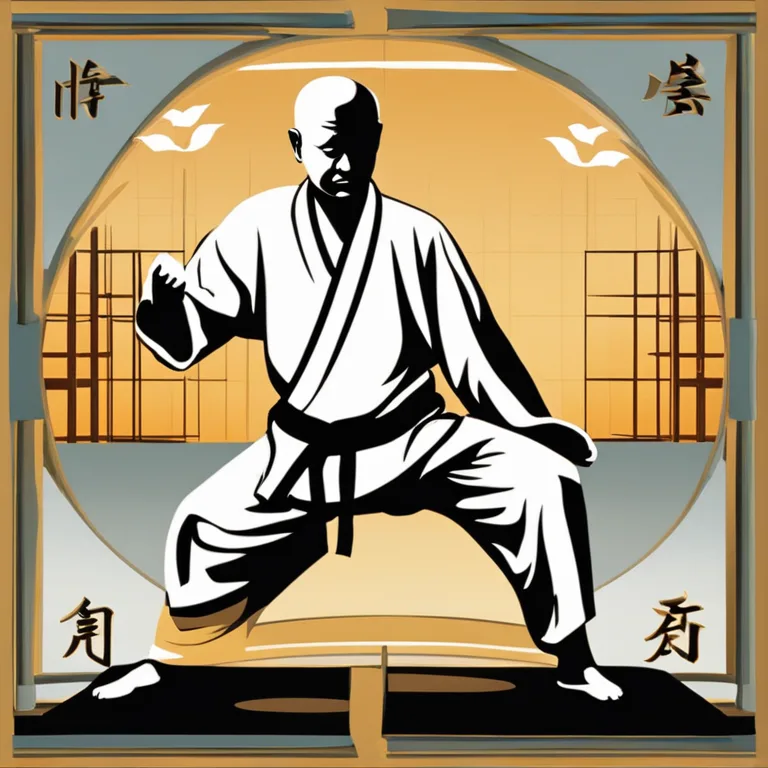
Karate Meditation Techniques Explained
Discover the inner serenity and enhanced focus through the practice of Karate meditation techniques.
article by Hina Kurosawa
While Karate is often associated with physical prowess and combat skills, the heart of this martial art is rooted in Zen philosophy, promoting equilibrium between the body and mind. Meditation is an integral part of this discipline, helping the practitioner to establish a deep connection with their inner self, fostering mental clarity, and improving focus. As we advance into 2024, the marriage of ancient practices with contemporary understanding has enriched these techniques, making them more accessible and tailored to modern lifestyles.

Mokuso, which means "silent thinking," is the traditional starting point for meditation in Karate. Participants sit in seiza (kneeling position) and close their eyes to detach from external distractions, centering their thoughts on the here and now. Breathing deeply, they attempt to clear the mind of wandering thoughts. This practice, critical for preparing the body and mind for training, is also an effective technique for stress management, widely advocated in the 2024 mindfulness landscape.

Kime is a concept in Karate that refers to the focus of power or the decisive moment of impact in a technique. However, it also translates into a form of meditation that involves visualizing combat movements with extreme focus. By precisely imagining each detail of a technique, karatekas not only refine their physical skills but also fortify their mental resilience. The visualization process has been recognized as an effective cognitive exercise to enhance mental sharpness and reaction times.

In the world of Karate, Ki represents the vital life force that flows through all things. In meditative practices, harmonizing Ki involves harnessing this energy through concentration and breathing techniques. The concept is akin to the notion of 'Chi' in traditional Chinese medicine which has seen a resurgence of interest in complementary health circles in recent years. Managing Ki through meditation can be a pathway to achieving greater self-awareness and emotional regulation.

Kata, the choreographed patterns of movements in Karate, are often seen as physical exercises. However, they are also moving meditation techniques. When practiced with complete immersion, Kata becomes a form of dynamic meditation, enabling a hyper-focused state where the mind's chatter falls silent. The repetition and flow of Kata encourage a meditative mindset that is both calming and energizing, making it a perfect embodiment of active mindfulness practices touted in 2024 health trends.
Modern adaptations of Karate meditation techniques integrate seamlessly with today's holistic well-being approaches. Mindfulness apps and virtual reality meditation modules include traditional Karate practices, allowing practitioners from all walks of life to access these tools and incorporate them into their everyday routines. Furthermore, scientific research supports the mental health benefits of these techniques, reinforcing their relevance in contemporary wellness discussions and therapies.
Published: 12/20/2023
Modified: 12/20/2023
More predictions
Come back here soon to learn more about yourself and your future


Unlocking Meditation Techniques
Discover various meditation techniques to enhance mindfulness and spiritual well-being. This article introduces a range of practices suitable for both beginners and seasoned practitioners.


Meditation Techniques & Anxiety
Discover effective meditation practices to soothe anxiety and foster a sense of peace in your daily life.


The Best Meditation Techniques
Explore essential meditation practices to enhance your mental well-being and spiritual connection, suitable for beginners and seasoned practitioners.